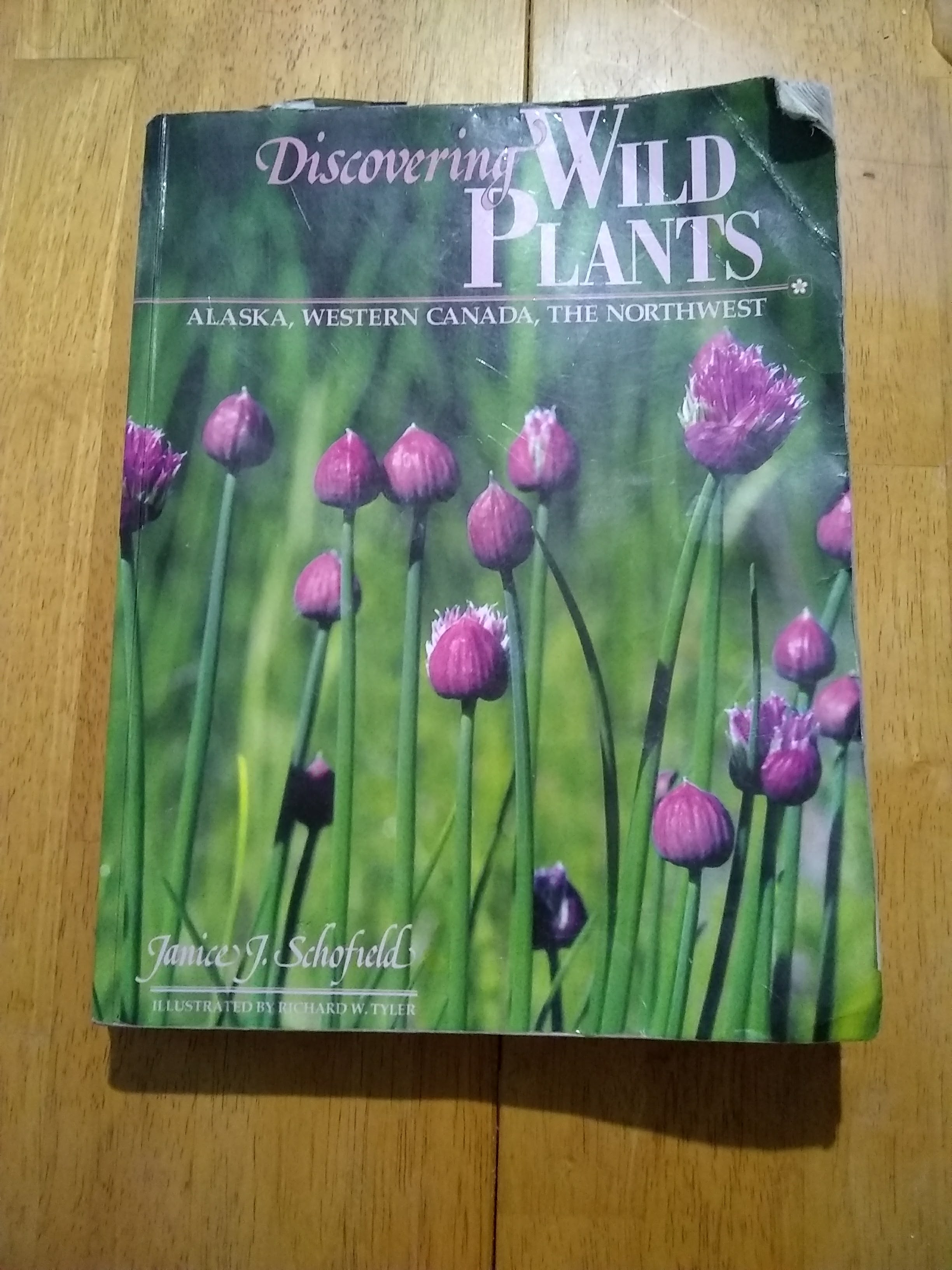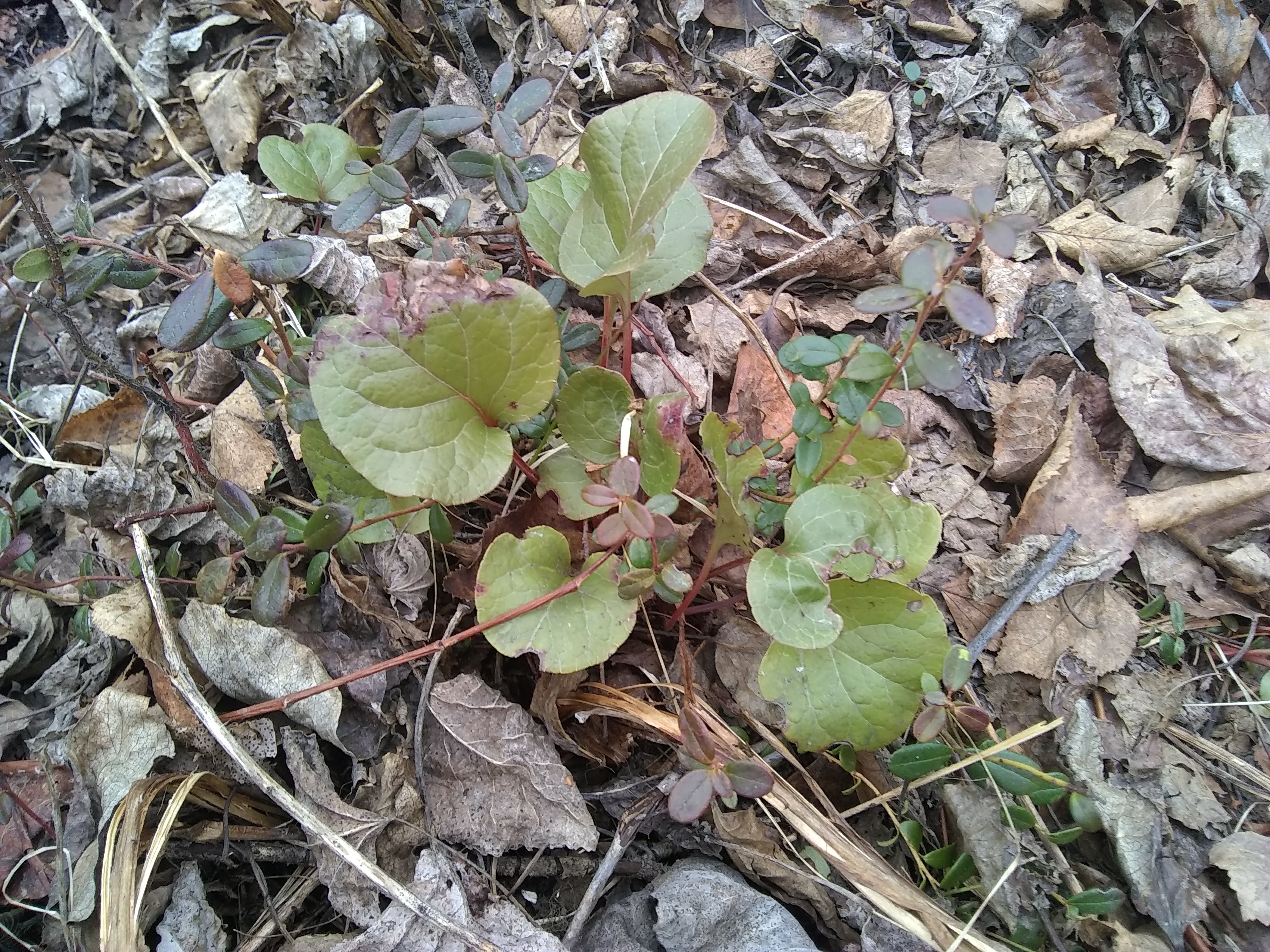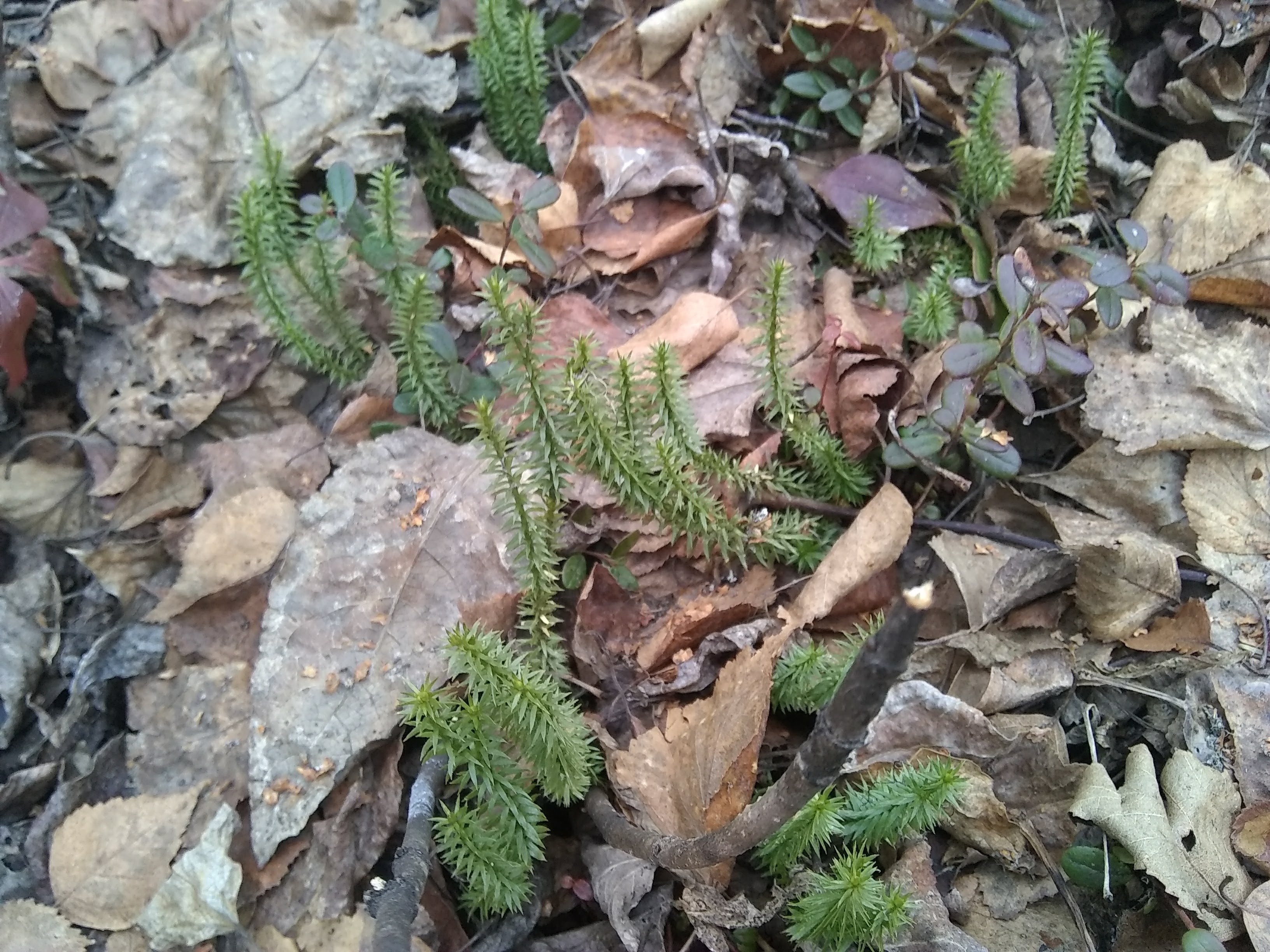Hey there! Hopefully with all of this beautiful weather you’ve been able to get out hiking and enjoy it. Something you may have seen abundantly from spring to summer is cow parsnip. You may have heard horror stories of people getting burns from touching it. Maybe you’ve even experienced it yourself, but maybe you’ve been lucky enough to avoid the cow parsnip burn.

I know this plant as cow parsnip, but it has a lot of names: pushki, pootschki, cow cabbage, wild celery, Indian celery, and hogweed. The two varieties that grow up here are Heracleum lanatum (aka H. maximum) and H. sphondylium. You’ll find it a lot in meadows and open woods. While it is edible, specifically the stems and seed pods, and the roots do have some medicinal properties, cow parsnip is widely known for the burns that it can cause.
The Story of the Cow Parsnip Burn

The “burns” are caused by a chemical in the sap (also in the outer hairs) called furanocoumarin. Basically, this chemical is a defense mechanism against predators. It does this by making the affected area photo-sensitive. This means that once the area that has been exposed to the sap or hairs of cow parsnip will develop a severe “sunburn” when it’s then exposed to the sun. That could include blisters or just minor dermatitis (inflammation of the skin). Not everyone reacts the same, it just depends.

For instance, my husband and his brother were play fighting when they were younger, as most boys do. There were no sticks around to use as play swords. However, there was plenty of cow parsnip around, so they grabbed a couple of stalks and started hitting each other. It was a cloudy day, so they had a while of fighting before the sun came out. BAM, instant sunburn with blisters on Jason’s brother. Jason, on the other hand, didn’t have a reaction at all.
How to take care of a Cow Parsnip Burn
Some people are more sensitive. They’ll develop a reaction as soon as they come in contact, like poison oak, ivy, or sumac (of which my husband is ALSO not reactive to, lucky son-of-a-gun). I used to have a hypothesis that those who are not sensitive to poison ivy would not be sensitive to cow parsnip. Unfortunately, Dr. Spady has informed me that while he is not sensitive to cow parsnip, he is definitely affected by poison ivy.
Finally, the part you’ve actually been waiting for! Of course, the best way to avoid the burn is to avoid the plant itself if you know you’re sensitive to it. Unfortunately, that’s not always the case. This summer I got a little bit on my leg, which is the first time I’ve actually been in contact with it. Thankfully, I don’t seem to have a huge reaction to it, but here is how to take care of it. It’s very similar to taking care of poison ivy rashes. The sap, like the oil of poison ivy, seems to be potent in all stages of life.
The above link is an affiliate link. By clicking on it Alaska Herbal Solutions may get a small amount of money at no cost to you.
- Wash the area thoroughly with soap and water. Do not use rubbing alcohol or hand sanitizer that contains alcohol.
- If you’re out hiking and don’t have access to soap, rinse with water alone and cover with plantain leaf. Wash with soap as soon as possible.
- Wash any clothing that could have come in contact with it.
- To alleviate any pain or swelling, steep some chamomile tea bags and cover the affected area with the bags. You can also dip a towel in the tea and wrap the affected area with the tea soaked towel.
- Once you’re sure that all of the sap is off, you can put either a poplar bud, plantain, or even my Whale of a Wound Balm (which has both poplar and plantain in it) on the affected area to help it heal. The reason you don’t want to put a balm on something like this until it’s all clean is the beeswax can keep the resin on the affected area and delay healing.

There you go! Now you can take care of a cow parsnip “burn” if you or someone you know is every affected. Happy hiking everyone!
~Feel better naturally, the Alaskan way~





Very interesting read thank you
You’re welcome!